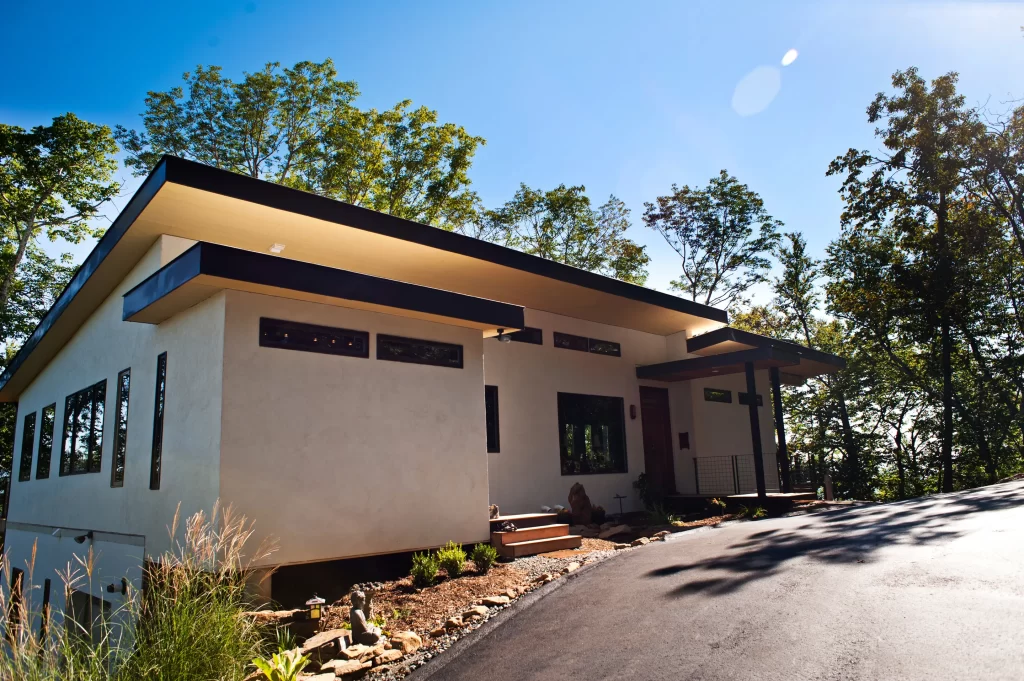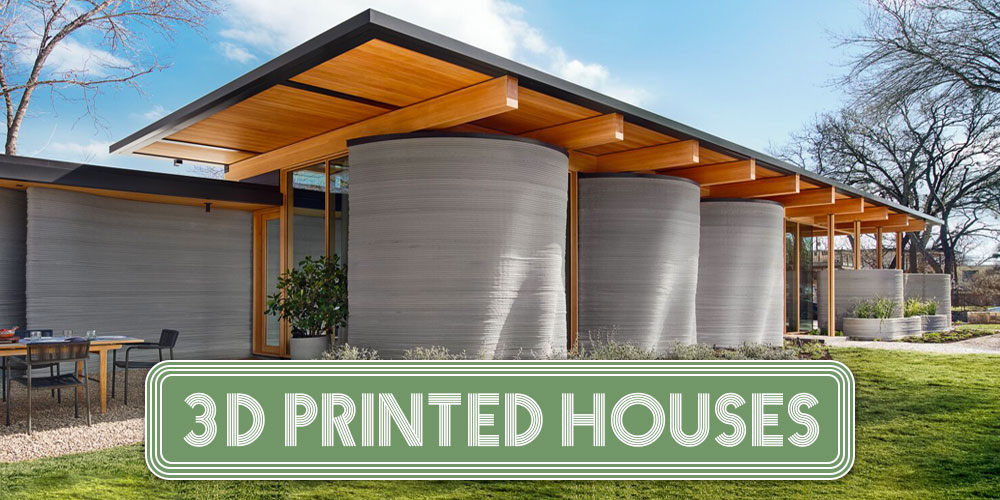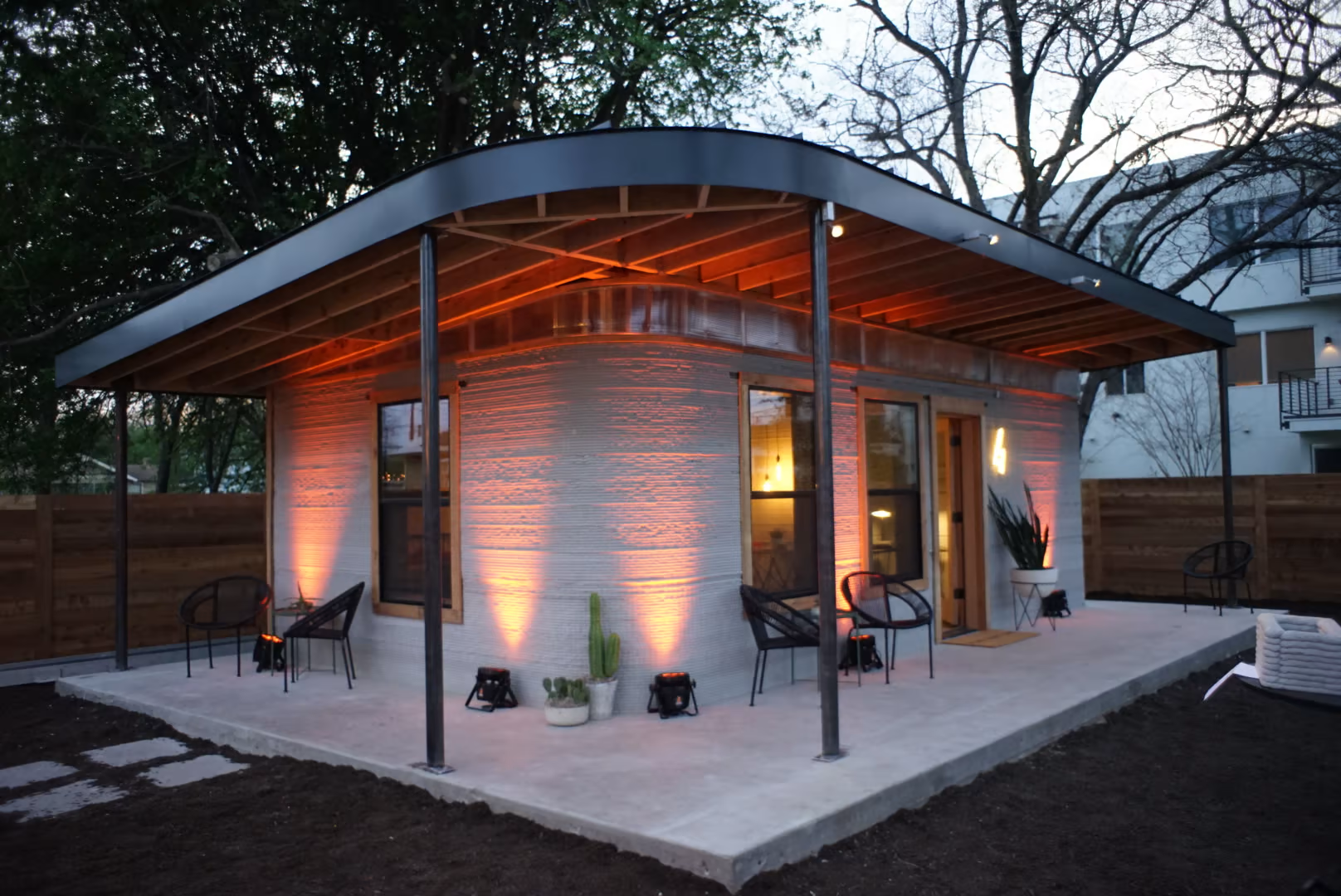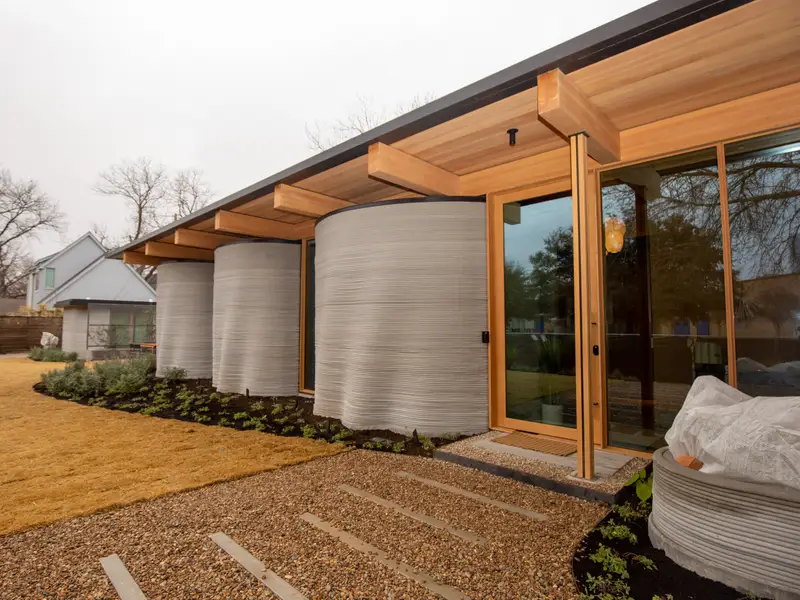Explore the intersection of innovation and sustainability as we revolutionize the construction industry with 3D printed hemp housing.

At 3D Printed Hemp Housing, our mission is simple yet ambitious: to lead the charge in sustainable construction by revolutionizing the way we build homes. Through our dedication to innovation, environmental stewardship, and social responsibility, we’re committed to providing eco-friendly housing solutions that not only meet the needs of today but also safeguard the planet for future generations.
Our vision is not just about imagining a better future; it’s about actively working towards creating it. We see a world where environmental conservation is prioritized, where renewable energy sources are the norm, and where waste is minimized through innovative recycling and resource management practices.
We envision communities that are resilient and adaptive in the face of climate change, where green spaces thrive, and biodiversity flourishes. Our vision extends beyond the present moment, guiding us towards long-term solutions that benefit both current and future generations.


At the heart of our endeavor lies a set of core values that serve as the guiding principles for our mission to promote sustainability and environmental awareness.
We are committed to upholding the highest standards of honesty, transparency, and ethical conduct in all aspects of our work. Integrity forms the foundation of our relationships with our stakeholders, fostering trust and credibility.
Discover the extraordinary potential of hemp as a sustainable building material. Renowned for its strength, versatility, and eco-friendliness, hemp is revolutionizing the construction industry by offering a renewable alternative to traditional building materials. From superior insulation properties to minimal environmental impact, explore how hemp is reshaping the way we think about construction.

Embark on a journey through the myriad advantages offered by 3D printed hemp housing, a revolutionary approach to sustainable construction that transcends conventional paradigms. At the intersection of innovation and environmental stewardship, this cutting-edge technology embodies a holistic solution to pressing challenges facing the global housing sector. By harnessing the inherent properties of hemp-derived materials and advanced 3D printing techniques, it pioneers a new era of eco-friendly, cost-effective, and socially equitable housing solutions.
From an environmental perspective, 3D printed hemp housing represents a paradigm shift towards regenerative architecture, minimizing carbon emissions, conserving natural resources, and mitigating construction waste. By utilizing hemp-based bio-composites as building materials, it significantly reduces the environmental footprint associated with traditional construction methods, fostering a symbiotic relationship between human habitats and the natural world.
Furthermore, the economic implications of 3D printed hemp housing are profound, offering unprecedented opportunities for cost savings, job creation, and economic empowerment. Through streamlined construction processes, reduced material costs, and enhanced project efficiency, it presents a compelling business case for developers, investors, and policymakers seeking sustainable investment opportunities.
On a social level, 3D printed hemp housing holds the promise of addressing housing affordability, accessibility, and resilience, particularly in underserved communities and disaster-prone regions. By democratizing access to affordable, durable housing solutions, it empowers individuals, families, and communities to thrive in safe, secure, and dignified living environments.
Moreover, the scalability and adaptability of 3D printed hemp housing make it suitable for a diverse range of applications, from single-family homes to multi-story buildings, from urban infill projects to rural development initiatives. Its versatility and flexibility enable architects, designers, and urban planners to reimagine the built environment, fostering inclusive, vibrant, and sustainable communities.
In essence, the benefits of 3D printed hemp housing extend far beyond the realm of construction, encompassing environmental sustainability, economic prosperity, and social equity. As we confront the urgent challenges of climate change, housing affordability, and resource depletion, this innovative approach offers a beacon of hope, inspiring collective action and collaboration towards a more resilient, equitable, and sustainable future for all.
Step into a world of innovation and positive change with our portfolio of transformative projects. From affordable housing initiatives to disaster relief efforts, our 3D printed hemp housing projects are making a tangible difference in communities around the globe. Explore our success stories and see firsthand how sustainable construction can create lasting impact and change lives for the better.
Dive into a wealth of educational resources designed to empower you with the knowledge and skills needed to embrace sustainable living. From informative articles to interactive guides, our educational platform covers everything from the basics of hemp construction to advanced techniques in 3D printing technology. Whether you’re a curious learner or a seasoned professional, embark on a journey of discovery and unlock the potential of sustainable construction practices.

Delve into the diverse array of applications for 3D printed hemp housing, showcasing its versatility and adaptability across various sectors. From residential dwellings to commercial complexes, from disaster relief efforts to space exploration, discover the myriad ways in which this groundbreaking technology is revolutionizing the built environment.
Residential Housing: Experience the comfort, affordability, and sustainability of 3D printed hemp homes, offering a viable alternative to traditional construction methods. With customizable designs and rapid construction timelines, these dwellings cater to the evolving needs of modern homeowners while minimizing environmental impact.
Commercial Buildings: Explore the potential of 3D printed hemp construction for commercial spaces, including offices, retail outlets, and hospitality establishments. With its ability to seamlessly integrate innovative design features and sustainable materials, it redefines the concept of corporate architecture, fostering productive, inspiring work environments.
Disaster Relief Shelters: Witness the transformative impact of 3D printed hemp housing in disaster-prone regions, providing resilient, rapidly deployable shelters for displaced populations. By combining speed, affordability, and durability, these structures offer a lifeline to communities facing the devastating effects of natural disasters.
Affordable Housing Initiatives: Address the global housing crisis with 3D printed hemp housing solutions tailored to underserved communities and low-income households. By leveraging cost-effective materials and efficient construction techniques, these initiatives promote social equity and alleviate housing insecurity.
Modular Construction Projects: Embrace the flexibility and scalability of 3D printed hemp modules, facilitating modular construction projects for urban infill developments and adaptive reuse projects. From micro-apartments to co-living spaces, these modular units offer sustainable solutions for densifying urban environments.
Educational Facilities: Discover the educational potential of 3D printed hemp construction in academic settings, where students can learn about sustainable architecture, advanced manufacturing techniques, and environmental stewardship. By incorporating hemp-based materials into school buildings and campuses, educators inspire future generations to embrace eco-conscious design principles.
Cultural Preservation: Preserve cultural heritage and promote indigenous craftsmanship with 3D printed hemp structures that honor traditional building techniques and materials. From heritage conservation projects to indigenous-led initiatives, these structures celebrate cultural diversity while advancing sustainable development goals.
Experimental Architecture: Push the boundaries of architectural innovation with experimental 3D printed hemp structures that challenge conventional design norms and construction methodologies. From avant-garde art installations to futuristic habitats, these projects stimulate creativity and imagination, driving progress in sustainable design.
Space Exploration: Imagine the possibilities of 3D printed hemp habitats on extraterrestrial landscapes, where traditional construction materials are scarce, and environmental sustainability is paramount. By harnessing locally sourced hemp materials and additive manufacturing technologies, space agencies envision self-sustaining habitats for future lunar and Martian missions.
Community Collaborations: Engage local communities in the co-creation of 3D printed hemp housing projects, fostering collaboration, empowerment, and social cohesion. Through participatory design processes and community-led initiatives, these projects reflect the unique needs and aspirations of residents, promoting inclusive development and collective ownership.
In summary, the uses of 3D printed hemp housing extend far beyond traditional construction applications, encompassing a wide range of sectors and scenarios. Whether addressing humanitarian crises, supporting sustainable development goals, or inspiring architectural innovation, this transformative technology heralds a new era of responsible, resilient, and regenerative building practices.